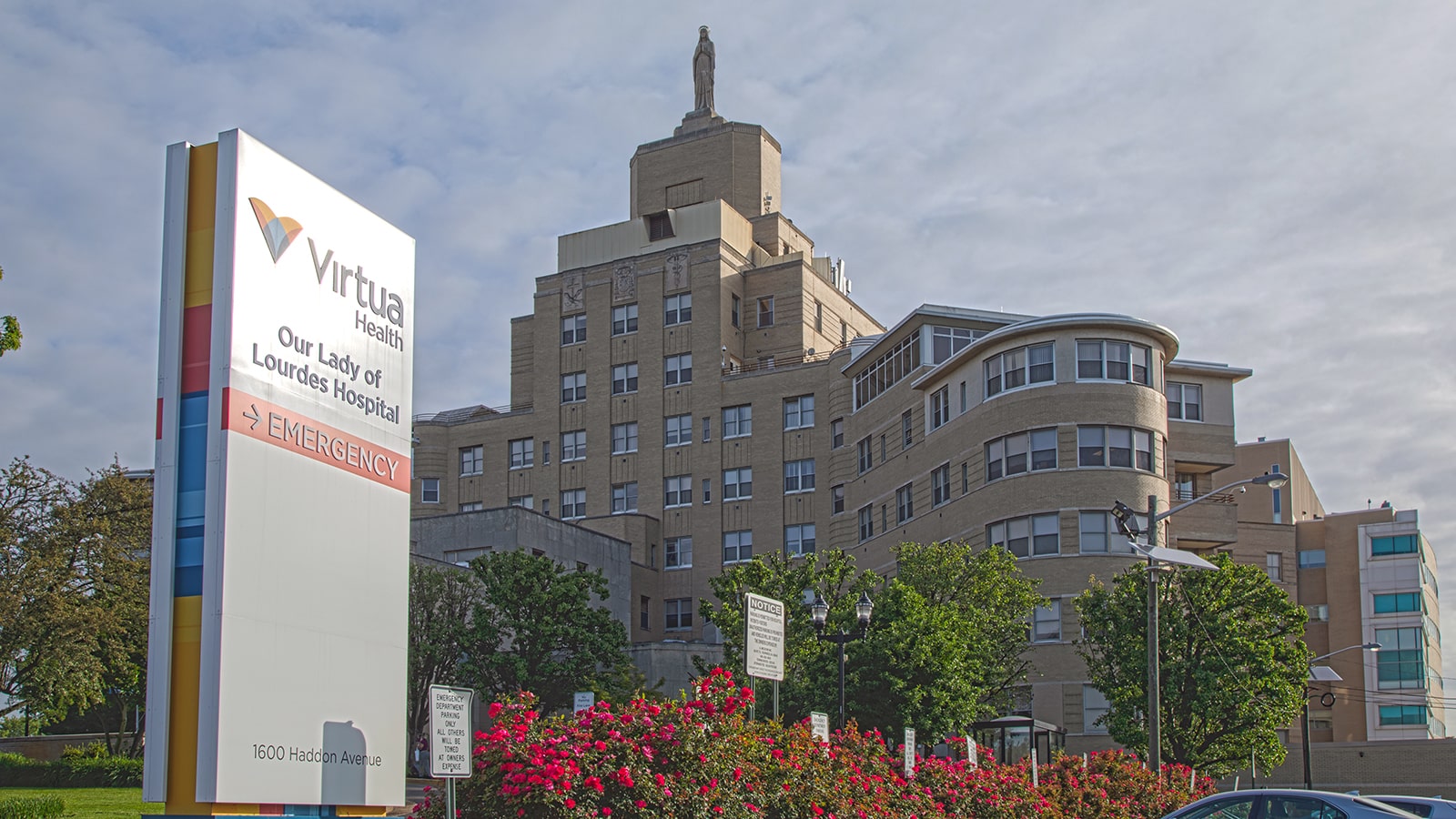Heart Valve Care
Virtua offers the expertise, support, and treatment options you need to live a full life with heart valve disease.

Heart valve disease can affect all aspects of your life. Your Virtua heart valve care team will focus on improving your quality of life with the most advanced treatment options.
Our Approach to Heart Valve Care
At Virtua, you’ll have a whole team in your corner—all dedicated to improving the health of your heart valves. At our comprehensive heart valve clinic, you’ll meet with interventional cardiologists, heart surgeons, advanced practice providers, and nurse navigators.
Together, they’ll develop a treatment plan tailored to your specific needs and preferences. And we keep you at the center of it all.
We do this by:
- Empowering you with knowledge: We specialize in both common and complex valve conditions—from aortic stenosis to tricuspid valve regurgitation. We’ll make sure you understand your symptoms, the risks and benefits of treatment, and what to expect.
- Understanding your goals for treatment: We take time to understand what you want and expect from treatment. We want to know if your goal is to make it to your child or grandchild’s wedding or birthday. Or, if your goal is to take walks without getting breathless, we’ll design your care plan around achieving these goals.
- Discussing your options: Our team specializes in the full range of valve repair and replacement procedures. We’ll discuss the right treatment options for you—ranging from open-heart surgery to transcatheter aortic valve replacement (TAVR).
Virtua Heart Valve Care Providers
The heart valve team at Virtua includes interventional cardiologists and heart surgeons, working together for you.

Virtua Heart Valve Care Locations
We perform heart valve procedures and surgeries at Virtua Our Lady of Lourdes Hospital in Camden. And you can do your work-up and follow-up appointments at Virtua locations throughout South Jersey.
The Virtua Difference for Heart Valve Care
The highest level of expertise
Virtua is a high-volume valve center, specializing in common and more complex valve conditions and procedures. Our team has performed more than 1,000 TAVR procedures since 2013. And U.S. News & World Report has ranked Virtua Our Lady of Lourdes Hospital as High Performing in heart bypass surgery.
The highest level of expertise
Virtua is a high-volume valve center, specializing in common and more complex valve conditions and procedures. Our team has performed more than 1,000 TAVR procedures since 2013. And U.S. News & World Report has ranked Virtua Our Lady of Lourdes Hospital as High Performing in heart bypass surgery.
Appointments within two weeks
We can typically see you in our valve clinic within two weeks of your call. We also want to ensure that your first appointment is as efficient as possible. If you need diagnostic tests—including an echocardiogram, CT scan, or cardiac catheterization—we’ll make sure you get those before your first appointment.
Appointments within two weeks
We can typically see you in our valve clinic within two weeks of your call. We also want to ensure that your first appointment is as efficient as possible. If you need diagnostic tests—including an echocardiogram, CT scan, or cardiac catheterization—we’ll make sure you get those before your first appointment.
Efficient pre-procedure testing
Before your valve replacement or repair procedure, you’ll need several tests. This could include a dental exam, cardiac imaging, cardiac catheterization, and more. Our team works closely with other Virtua specialists to ensure you have these tests within about four weeks. This allows you to get the treatment you need as soon as possible.
Efficient pre-procedure testing
Before your valve replacement or repair procedure, you’ll need several tests. This could include a dental exam, cardiac imaging, cardiac catheterization, and more. Our team works closely with other Virtua specialists to ensure you have these tests within about four weeks. This allows you to get the treatment you need as soon as possible.
An active recovery
Research shows that walking and moving soon after a procedure or surgery helps improve your recovery. After your valve repair or replacement surgery, our team will ensure that you are walking around as soon as possible. This approach has helped our patients experience a smoother recovery and quicker return to activity.
An active recovery
Research shows that walking and moving soon after a procedure or surgery helps improve your recovery. After your valve repair or replacement surgery, our team will ensure that you are walking around as soon as possible. This approach has helped our patients experience a smoother recovery and quicker return to activity.
Keeping you informed
We believe you are the crucial member of the team. Your providers will answer all your questions, keep you informed about what to expect, and give you clear follow-up instructions. You’ll also be able to contact your structural heart care coordinator directly at any time with questions or concerns.
Keeping you informed
We believe you are the crucial member of the team. Your providers will answer all your questions, keep you informed about what to expect, and give you clear follow-up instructions. You’ll also be able to contact your structural heart care coordinator directly at any time with questions or concerns.
Find a heart valve specialist
At Virtua, your heart valve care team will include interventional cardiologists, heart surgeons, nurse navigators, and others.
